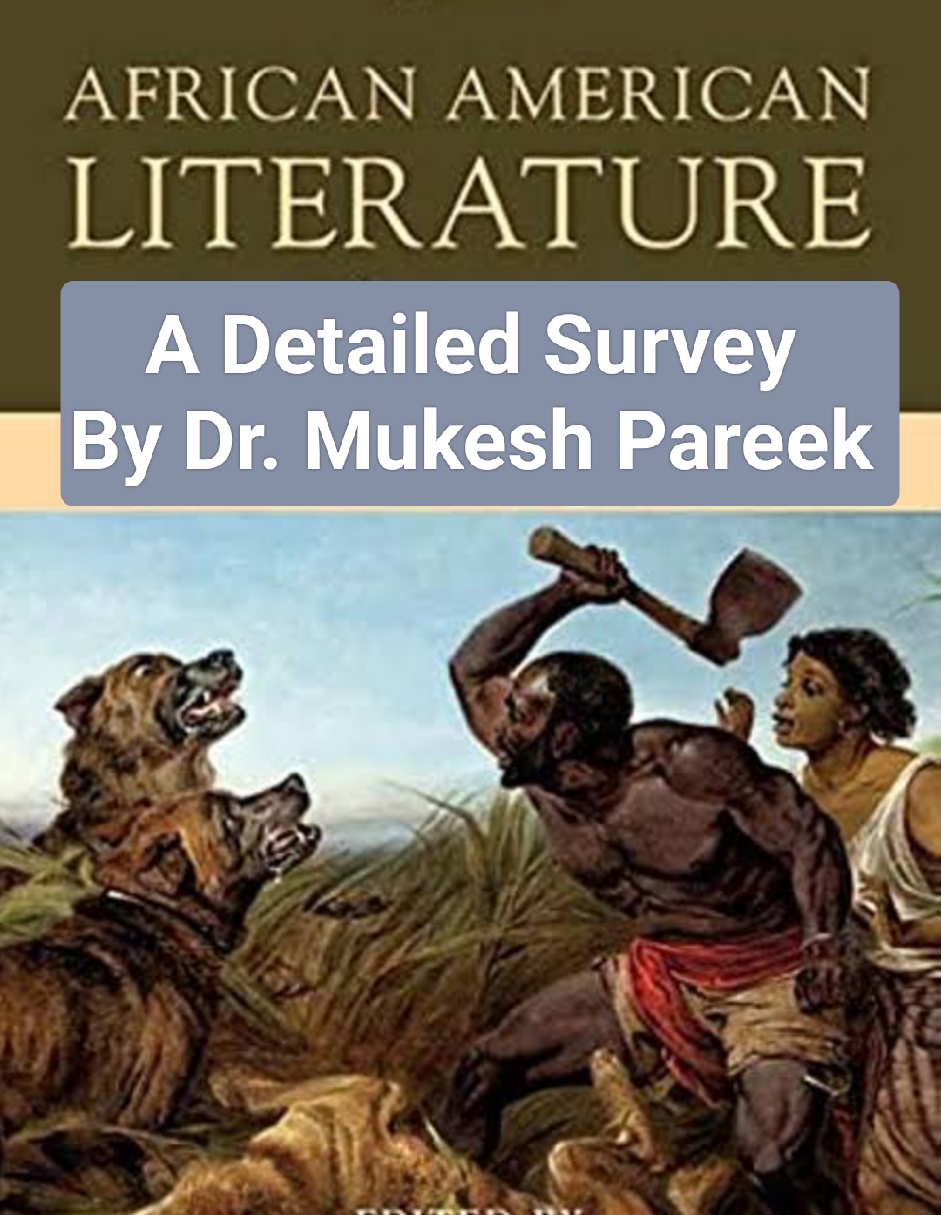CRITICAL APPRECIATION OF THE CLOUD
The Cloud" is a major 1820 poem written by Percy Bysshe Shelley. "The Cloud" was written during late 1819 or early 1820, and submitted for publication on 12 July 1820. The work was published in the 1820 collection Prometheus Unbound, A Lyrical Drama, in Four Acts, With Other Poems by Charles and James Ollier in London in August 1820. The work was proof-read by John Gisborne. There were multiple drafts of the poem. The poem consists of six stanzas in anapestic or antidactylus meter, a foot with two unaccented syllables followed by an accented syllable.
Analysis
The cloud is a metaphor for the unending cycle of nature: "I silently laugh at my own cenotaph/ ... I arise and unbuild it again." As with the wind and the leaves in "Ode to the West Wind", the skylark in "To a Skylark", and the plant in "The Sensitive Plant", Shelley endows the cloud with sentient traits that personify the forces of nature.
In "The Cloud", Shelley relies on the imagery of transformation or metamorphosis, a cycle of birth, death, and rebirth: "I change, but I cannot die." Mutability or change is a fact of physical nature.
Lightning or electricity is the "pilot" or guide for the cloud. Lightning is attracted to the "genii" in the earth which results in lightning flashes. The genii symbolise the positive charge of the surface of the earth while the cloud possesses a negative charge.
British scientist and poet Erasmus Darwin, the grandfather of Charles Darwin, had written about plant life and science in the poem collection The Botanic Garden (1791) and on "spontaneous vitality", that "microscopic animals are said to remain dead for many days or weeks ... and quickly to recover life and motion" when water and heat are added, in The Temple of Nature (1803). Percy Bysshe Shelley had cited Darwin in his Preface to the anonymously published novel Frankenstein; or, The Modern Prometheus (1818), explaining how the novel was written and its meaning.He argued that imparting life to a corpse "as not of impossible occurrence".
The cloud is a personification and a metaphor for the perpetual cycle of transformation and change in nature. All life and matter are interconnected and undergo unending change and metamorphosis.

Comments
Post a Comment